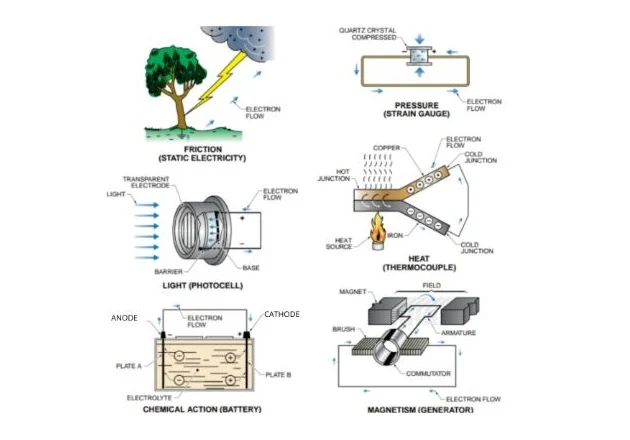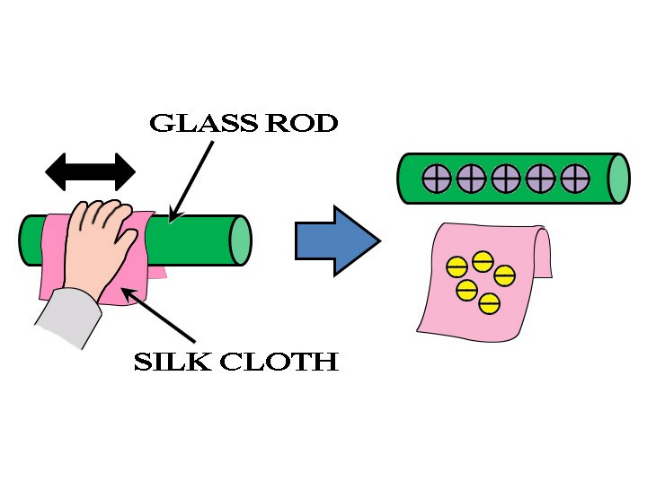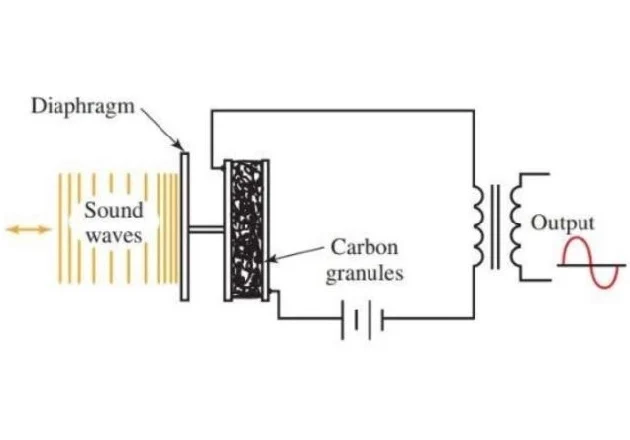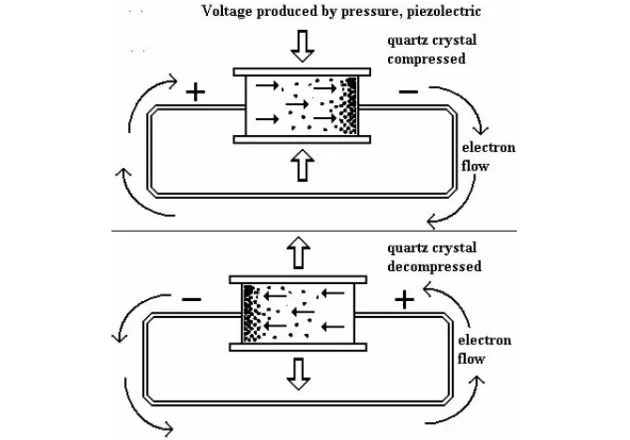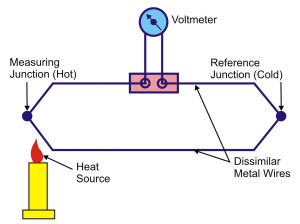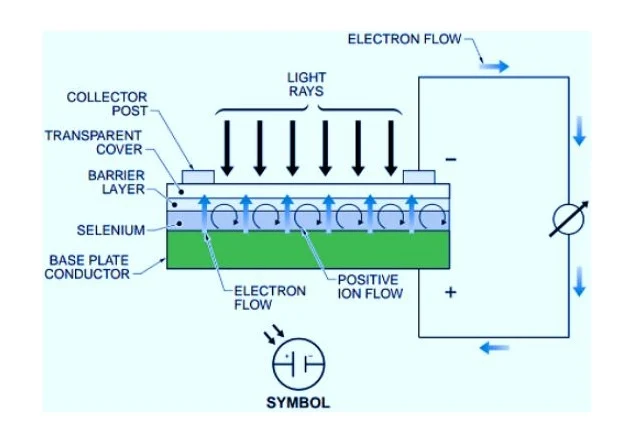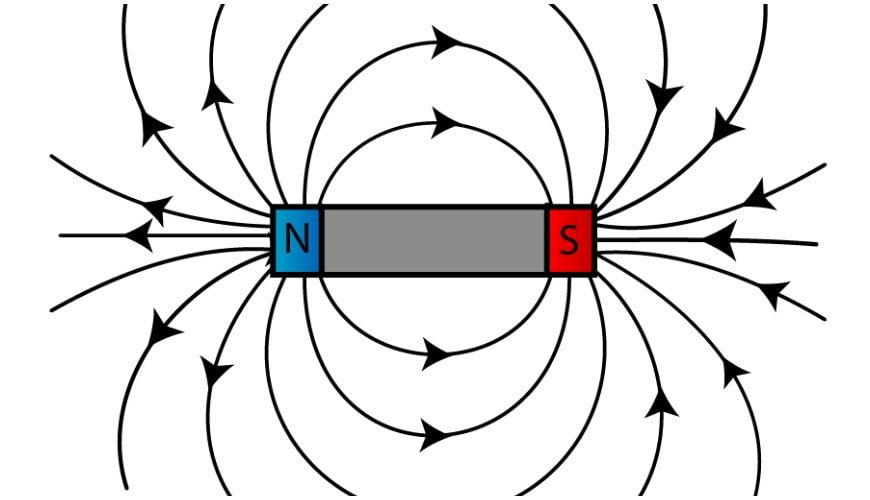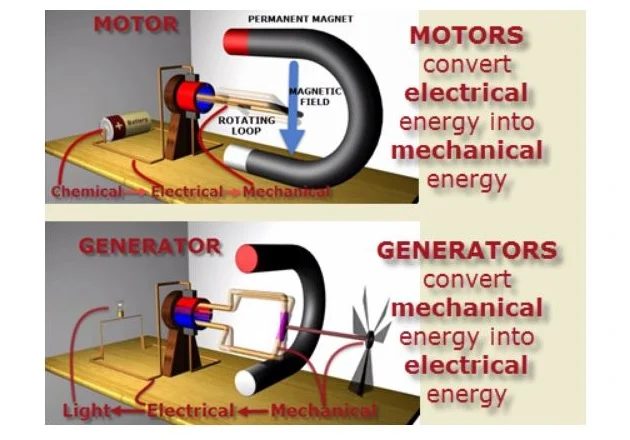Author: S.Ashok
Electrons travel around the nucleus of an atom and are held in their orbits by the attraction of the positive charge in the nucleus. if somehow force an electron out of its orbit, then the electron’s action would become what is known as electricity.
Six sources of electricity
To produce electricity, some form of energy must be used to bring about the action of electrons. The six basic sources of energy which can be used are FRICTION, PRESSURE, HEAT, LIGHT, MAGNETISM and CHEMICAL ACTION.

